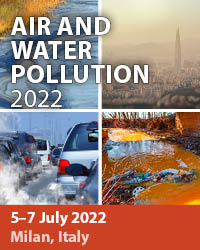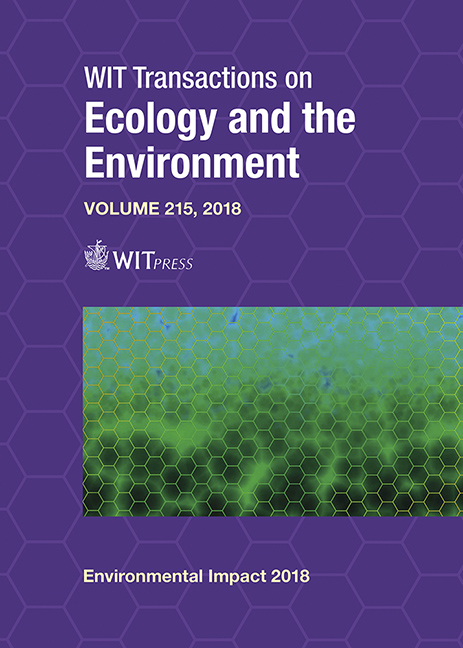ECONOMICS OF RECOVERY FOR URBAN PARTICULATE MATTER AND CHEMICALS
Price
Free (open access)
Transaction
Volume
215
Pages
10
Page Range
287 - 296
Published
2018
Paper DOI
10.2495/EID180261
Copyright
WIT Press
Author(s)
JOHN SANSALONE, SAURABH RAJE
Abstract
Recovery of particulate matter (PM) and PM-associated chemicals (metals, nutrients, organics) deposited in urban drainage (stormwater and/or wastewater) conveyance and treatment systems is reality; often ignored until loss of hydraulic functionality, treatment mis-behavior or system failure requires recovery. Sustainability practices (recovery of PM and chemicals), such as street sweeping (SS), can provide significant economy for PM and PM-associated chemicals such as total phosphorus (TP) and total nitrogen (TN) loads compared to unit operations (nominally, best management practices (BMPs)), before such loads become part of the urban water cycle. Any resulting recovery has potential to significantly reduce PM and chemical loads to the urban drainage cycle and would otherwise directly impact conveyance, treatment and receiving water systems. The primary study objective is to demonstrate that sustainability, through quantified maintenance practices, is economically beneficial based on cost-per-load-recovered. A second objective is examination of maintenance intervals that accounted for PM build-up, washoff and recovery functions for SS, catch basins and BMPs. The methodology of this study was physical sampling from 14 municipal separate storm sewer systems in Florida; over 400 samples of PM (~ 2 kg each) were recovered. Since PM was the vehicle for recovery of TP and TN, these analytes were quantified through laboratory analysis for each sample. Results from across Florida indicate that when SS was used as a serial control strategy in a source area providing runoff to a BMP, an SS interval from 3–15 days with a 6–12-month BMP cleaning interval provided the lowest recovery costs. Nominally, SS-load recovery costs were $0.10/kg (PM), $250/kg (TP), $200/kg (TN) at a 7-day SS interval, compared to $8–12/kg (PM), $21,000–33,000/kg (TP) and $9,000–13,000/kg (TN) at a 6-month cleaning interval for BMPs. For any level of recovery or SS efficiency, results indicate that SS manages constituents before transport and partitioning in runoff, which is much more economical than BMP treatment. Extension of these results leads to the recommendation that when combined with BMPs, SS as an upstream control strategy for BMPs improves serial recovery of PM, TP and TN loads for BMP designed to provide volumetric and flow control. Results of this study represent a defensible and quantifiable foundation to build pollutant-load-reduction credits and quantify load-recovery economics.
Keywords
urban drainage, sustainability, maintenance, nutrients, load credits, infrastructure, street sweeping





